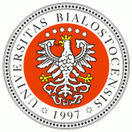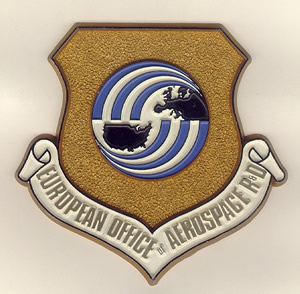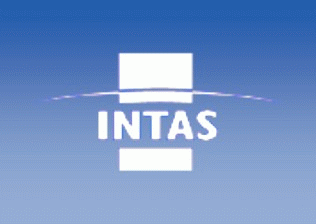Sponsors:



 |
|
Organized by
the Institute of Experimental Physics, University of Bialystok
Alfred Leitenstorfer, Germany
Ultrafast Quantum Kinetics of Electrons and Phonons in Semiconductors
Alfred Leitenstorfer
University of Konstanz, Department of Physics, D-78457 Konstanz, Germany
email: aleitens@uni-konstanz.de, internet: www.uni-konstanz.de/quantum-electronics
-
The optical and transport properties of semiconductors are strongly influenced by ultrafast interaction processes between elementary excitations. There are two fundamental coupling mechanisms for free electronic charges: Carrier-carrier interactions via the screened Coulomb potential and carrier-phonon scattering. Traditionally, non-equilibrium dynamics governed by these processes has been described via the semiclassical Boltzmann equation. This picture implies that scattering events are point-like in time and do not possess internal structure. It is clear that on ultrafast time scales this approximation does not hold and new physics might arise. Specifically, the Boltzmann model is valid only under conditions where the scattering rates are substantially slower than the oscillation frequencies of the collective excitations involved, namely plasmons and phonons. However, elementary excitations in the condensed phase often feature scattering times which are in the same order of magnitude as the inverse phonon or plasmon frequencies. This regime is governed by quantum kinetics where the wave nature of particles is relevant and quantum interference phenomena are playing a dominant role [1]. To provide insight into semiconductor quantum kinetics, three experiments from this context are featured.
Carrier-phonon scattering is studied in the low-density regime where the dynamics of free electrons is dominated by interaction with the crystal lattice. As an example, the emission of longitudinal-optical phonons by photoexcited hot electrons in the conduction band of GaAs has been investigated [2]. It turns out that on a time scale comparable to the phonon oscillation cycle (115 fs in GaAs), scattering events of free carriers exist which do not conserve energy. As time proceeds, destructive quantum interference causes these virtual transitions to disappear and the semiclassical limit is restored.
Carrier-carrier scattering is prominent in the high-density regime where Coulomb interactions among electrons are frequent. While the bare Coulomb potential has infinite spatial range, mutual screening of positive and negative charges causes electric forces to be relevant only over small distances. However, one might ask how fast Coulomb screening is established in a free carrier ensemble in an extremely non-stationary situation far from thermal equilibrium. Ultrabroadband therahertz spectroscopy gives insight into a regime of quasi-bare Coulomb scattering early after 10 fs photoexcitation of an electron-hole plasma in GaAs. It demonstrates how many-body correlations are established on a time scale comparable to the inverse plasma cycle [3].
The transition of a purely dielectric system into a regime with phonon-plasmon coupled modes is investigated in InP [4]. A two-time femtosecond experiment demonstrates the bifurcation topology from the single LO phonon resonance of the intrinsic material into the state after photoexcitation of an electron-hole plasma which is characterized by the L+ and L- branches of the phonon-plasmon dispersion. In addition, the density dependence of the ultrafast buildup dynamics of phonon-plasmon screening is mapped out between 5 × 1016 cm-3 and 5 × 1018 cm-3.
[1] For an overview, see H. Haug and A.-P. Jauho, Quantum Kinetics in Transport and Optics of Semiconductors (Springer, Berlin, 1996).
[2] C. Fürst et al., Phys. Rev. Lett. 78, 3733 (1997).
[3] R. Huber et al., Nature 414, 286 (2001).
[4] R. Huber et al., Phys. Rev. Lett. 94, 027401 (2005).
|
|
|